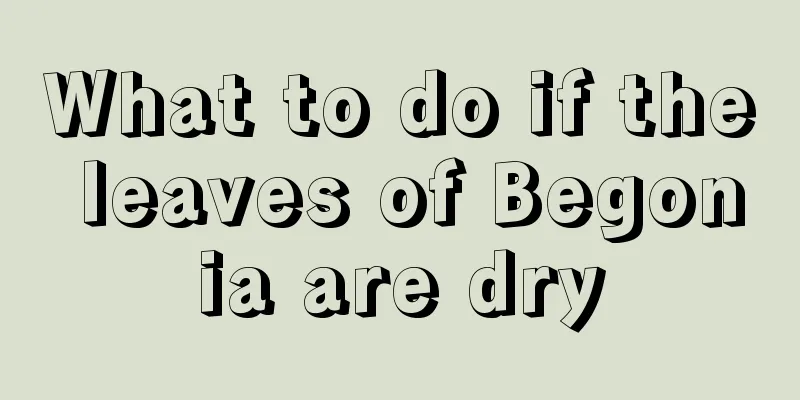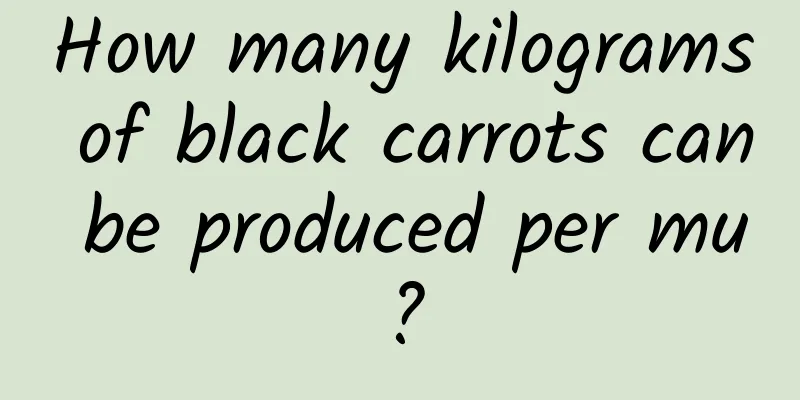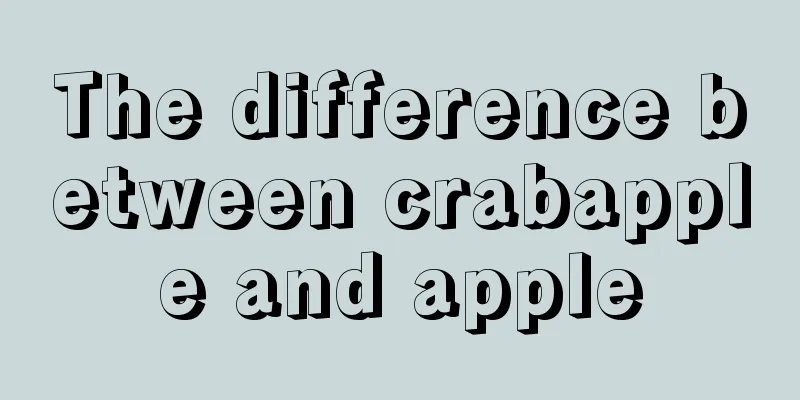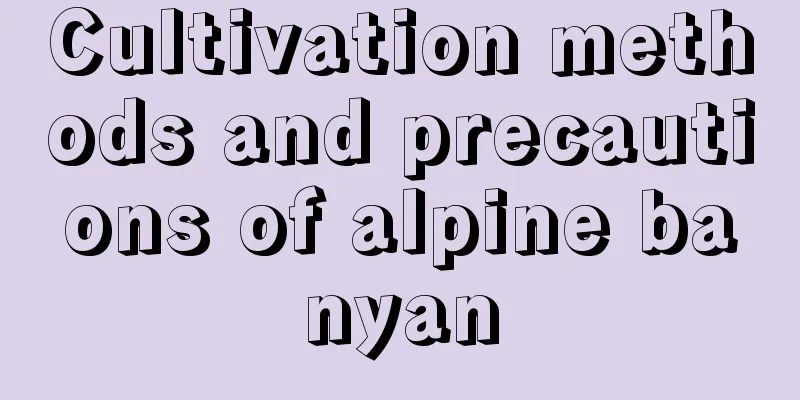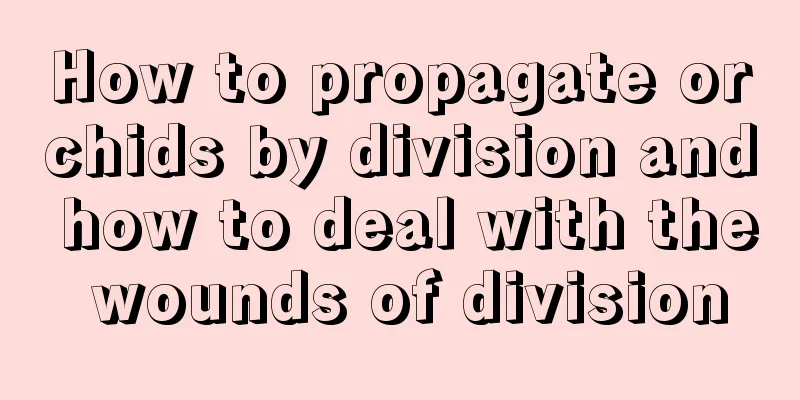I can’t grow anything well because I chose the wrong flower pot. No wonder it’s all in vain even if I learned 100 flower-growing techniques!

What materials are flower pots made of?Flower pots are generally divided into clay pots, ceramic pots, porcelain pots, stone pots, plastic pots, etc. according to the materials they are made of. Flower lovers should recognize their respective advantages and disadvantages in order to better match them with flowers of different habits. What kind of flowers are suitable for growing in clay pots?Advantages of clay pots: There are many pores on the pot wall, which are very permeable to water and air. They can accelerate the decomposition of nutrients in the potting soil, prevent root rot, and make the roots grow stronger. Moreover, clay pots are lighter in weight, cheaper in price and more affordable. Disadvantages of clay pots: single color, rough surface, not very good looking. What flowers are suitable for growing in clay pots?Clay pots are suitable for growing all flowers, such as succulents, green ivy, azaleas, etc. If you don’t know what flower pot to choose, choosing a clay pot is definitely the right choice. What flowers are suitable for growing in ceramic pots?Advantages of ceramic basins: The surface of the basin is rich in color and more beautiful. Disadvantages of ceramic basins: they have an extra layer of glaze on the surface compared to clay basins, their water and air permeability are slightly worse than clay basins, and they are slightly more expensive than clay basins. What flowers are suitable for growing in ceramic pots?Ceramic pots are suitable for growing flowers that have high requirements for water permeability and air permeability, such as green ivy, orchids, kalanchoe, and other flowers that are very afraid of root rot. What flowers are suitable for growing in porcelain pots?Advantages of porcelain basins: bright colors, very beautiful and highly decorative. Disadvantages of porcelain basins: poor water and air permeability. Which flowers are suitable for growing in porcelain pots?Porcelain pots can be used to grow flowers that are very resistant to moisture, such as pennywort, Selaginella, maidenhair fern and other flowers. You can also put an exquisitely-looking porcelain basin on the outside of a clay basin to make it more ornamental. Note that there must be a certain distance between the porcelain basin and the clay basin so as not to affect the water permeability and air permeability. What flowers are suitable for growing in stone pots?Advantages of stone basins: most of them are shallow, beautiful in shape, and more naturally matched with flowers and plants. The trace minerals it contains can be absorbed by flowers, which is beneficial to their growth. Disadvantages of stone basins: poor water and air permeability, relatively heavy, and expensive. What flowers are suitable for growing in stone pots?Stone basins are suitable for growing hydroponic flowers, such as hydroponic lucky bamboo, hydroponic pennywort, etc. They are also suitable for growing moisture-loving flowers, such as the maidenhair fern. What flowers are suitable for growing in plastic pots?Advantages of plastic basins: not easy to break, relatively cheap, and available in a variety of colors. Disadvantages of plastic basins: poor drainage and air permeability, and prone to aging and deformation over time. Which flowers are suitable for growing in plastic pots?Plastic pots are suitable for growing moisture-loving flowers, such as calla lilies, daffodils, monstera and other flowers. How to choose a flower pot, That’s all for Huahua’s introduction. Flower lovers, please share this with your friends quickly! |
<<: Propagation methods and precautions of cigar flowers
Recommend
Rose likes shade or sun
Rose likes shade or sun Roses are easy to maintai...
What fertilizer is good for apple trees?
Apple tree topdressing time Apple trees can be to...
Potted flowers not blooming? Soil fertilizer is important!
Only watering, no fertilization Many novice flowe...
Disease and Pest Control of Aquilegia columbine
Aquilegia mosaic disease The whole plant is disea...
Rose cutting season and method
Rose is a beautiful and fragrant flower that many...
What is Paulownia and how to propagate it
1. What is Paulownia? Paulownia is a plant of the...
Flowering period of dianthus
Dianthus Flowering Period The flowering period of...
How to grow violets at home
Violet Flower Growing Conditions Violets are adap...
Don’t keep spider plants in the living room. Keep one of these “4 types” of house-guarding trees at home to bring good luck in the new year!
Rubber Tree Although rubber trees are most suitab...
Common problems and solutions for home maintenance of Vassilis
Selection of containers and transplanting time fo...
How to grow South African spider plant
1. Soil South African spider plant is suitable fo...
Red pepper cultivation methods and precautions
1. Maintenance methods 1. Temperature: The mainte...
How to propagate Globe amaranth and what to pay attention to
Globe amaranth reproduction method There are two ...
When is the best time to plant okra?
Okra, known as the "king of vegetables "...
How to prune jade trees to make them look good
After pruning the jade plant, you should water it...
